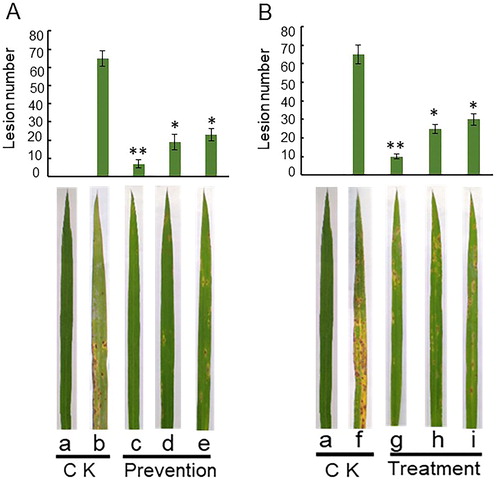Figures & data
Figure 1. Antagonistic effect of Rdx5 bacteria (A) and the sterilized culture filtrate (B) against M. oryzae. Note: Bar = 1 cm. The black arrow indicates the Rdx5 colony (A) and the inoculation point of the sterilized culture filtrate of Rdx5 (B). CK, culture medium for bacteria (Landy medium).
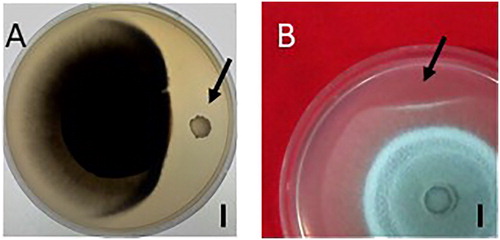
Figure 2. Effect of different concentrations of the sterilized culture filtrate of Rdx5 on the inhibition of M. oryzae growth. Note: Bar = 1 cm. The inhibitory effect of different concentrations of Rdx5 sterilized culture filtrate on the growth of M. oryzae (A), and the relative inhibitory rate of different concentrations of Rdx5 sterilized culture filtrate on the growth of M. oryzae (B).
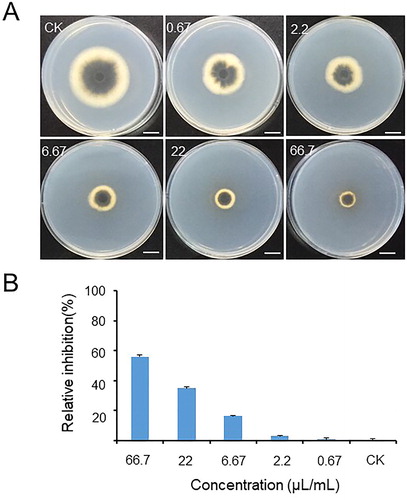
Figure 3. Morphological characteristics of Rdx5. Colony morphology (A); Gram staining (B); Scanning electron micrograph (C); Flagella staining (D); Spore staining (E); Amylolysis (F). Note: Magnification 400× (B); 10,000× (C and D). Bar = 1cm.
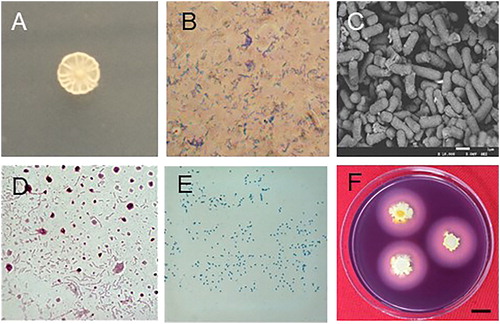
Figure 4. Neighbour-joining phylogenetic tree of Rdx5 based on 16S rDNA sequence analysis. Bar = 1 cm.
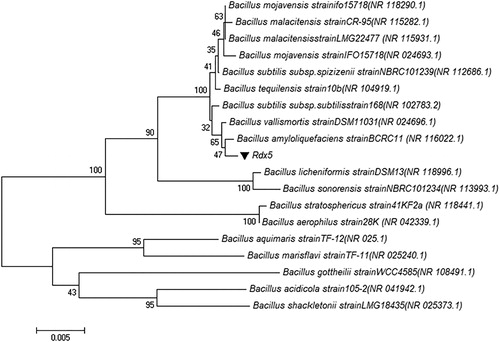
Table 1. Comparison of physiological and biochemical results of strain Rdx5 and the standard strain of B. amyloliquefaciens.
Figure 5. Effects of pH and temperature on the antifungal activity of the sterilized culture filtrate of Rdx5.
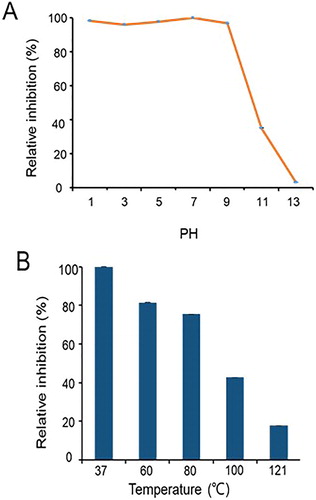
Figure 6. Correlation between cell growth of strain Rdx5 (■) and antifungal activity (▲) of the sterilized culture filtrate.

Figure 7. Production of enzymes and secondary metabolites by Rdx5. Chitinase test (A); Peroxidase test (B); HCN test (C); Protease test (D); Gelatinase assay (E); Cellulase assay (F). Note: Bar = 1 cm.

Table 2. Products secreted by Rdx5
Figure 8. Biocontrol efficiency of Rdx5 against M. oryzae evaluated based on the size of lesions on rice leaves. Upper panel: Preventive effect (A) and therapeutic effect (B); mean values from three experiments on nine leaves. The leaves were incubated 5 to 7 days. *p < 0.05 level, **p < 0.01 level. Lower panel: Representative images. Control group, without any treatment (a). CK, sterile water was inoculated to slightly punctured sites of leaves. Preventive effect: Sterile water was inoculated to slightly punctured sites of leaves and then spore suspension of M. oryzae (b), 100 mg/mL of carbendazim (c), bacterial suspension of Rdx5 (d) or sterilized culture filtrate of Rdx5 (e) were applied to slightly punctured sites of leaves and then spore suspension of M. oryzae was inoculated. Therapeutic effect: Spore suspension of M. oryzae was inoculated to slightly punctured sites of leaves and then sterile water (f); 100 mg/mL of carbendazim (g), bacterial suspension of Rdx5 (h) or sterilized culture filtrate of Rdx5 (i) were applied to the same site.
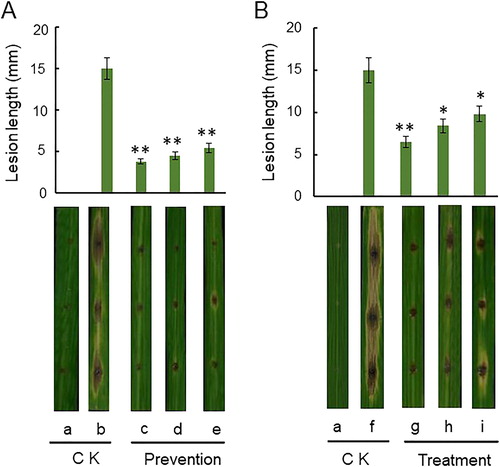
Figure 9. Biocontrol efficiency of Rdx5 against M. oryzae on rice evaluated based on the number of lesions on leaves. Upper panel: Preventive effect (A) and therapeutic effect (B). Mean values from three experiments on fifty rice plants. The rice plants were incubated 5 to 7 days. Lower panel: Representative images. Control group, without any treatment (a). CK, sterile water was inoculated to the leaves. *p < 0.05level, **p < 0.01. Preventive effect: Sterile water was inoculated to the leaves and then spore suspension of M. oryzae (b), 100 mg/mL of carbendazim (c), bacterial suspension of Rdx5 (d) or sterilized culture filtrate of Rdx5 (e) were applied to slightly punctured sites of leaves and then spore suspension of M. oryzae was inoculated. Therapeutic effect: Spore suspension of M. oryzae was inoculated to the leaves and then sterile water (f), 100 mg/mL of carbendazim (g), bacterial suspension of Rdx5 (h) or sterilized culture filtrate of Rdx5 (i) were applied to the same site.
